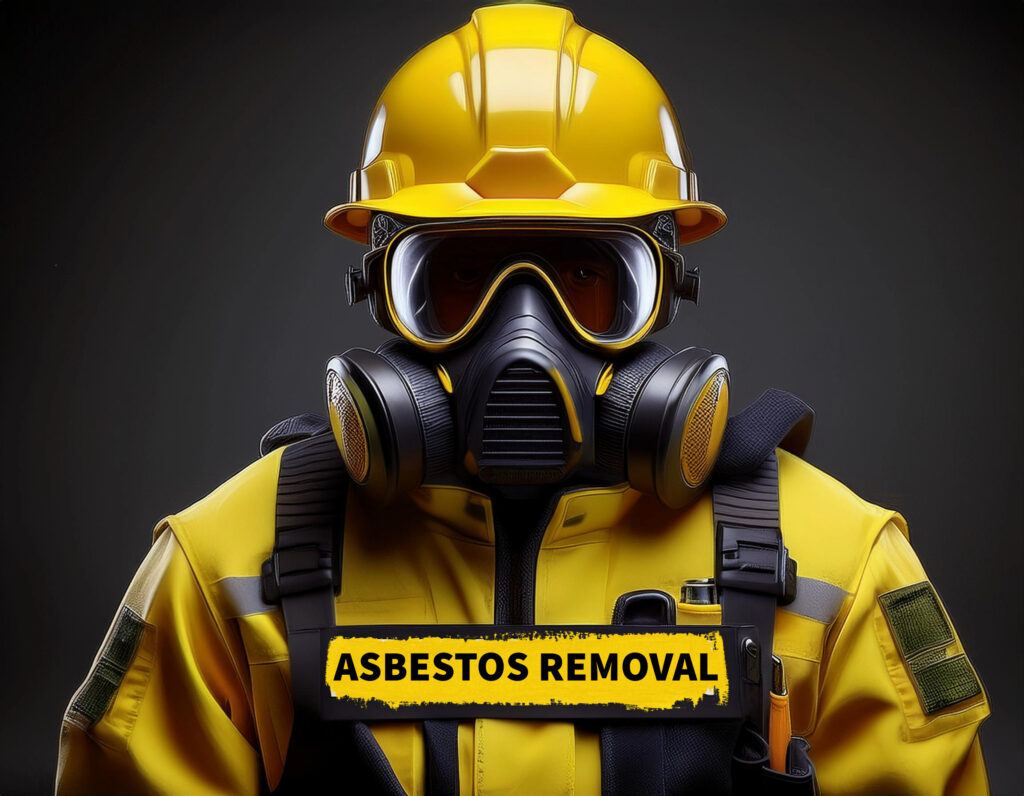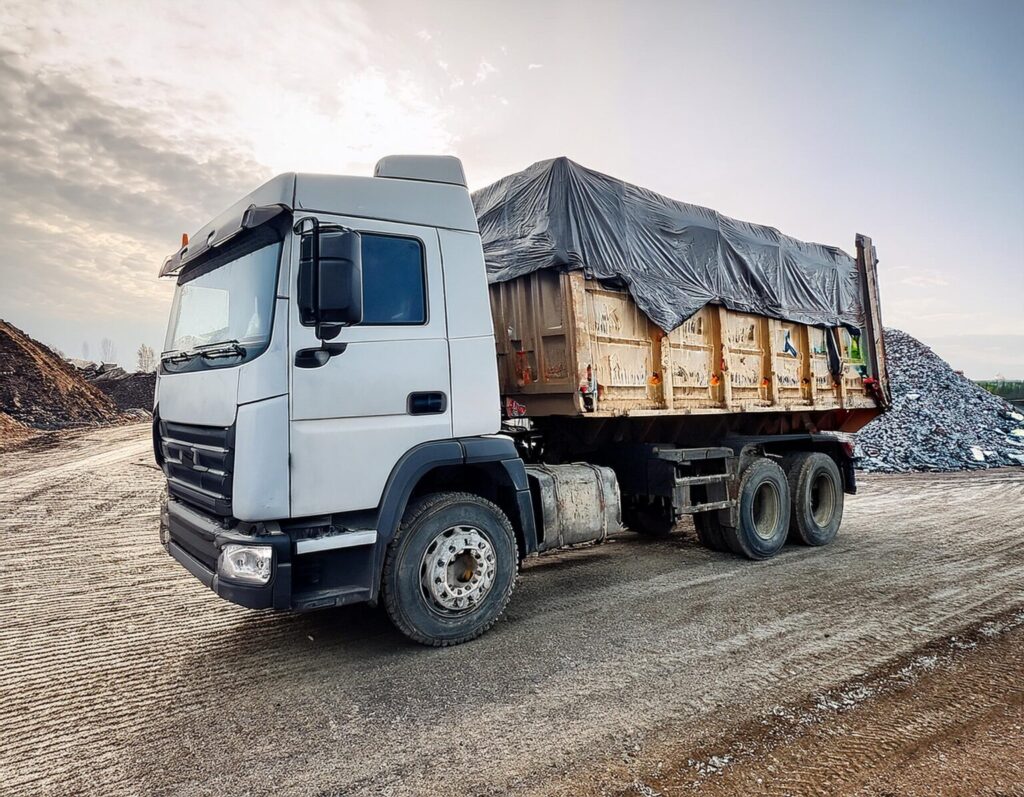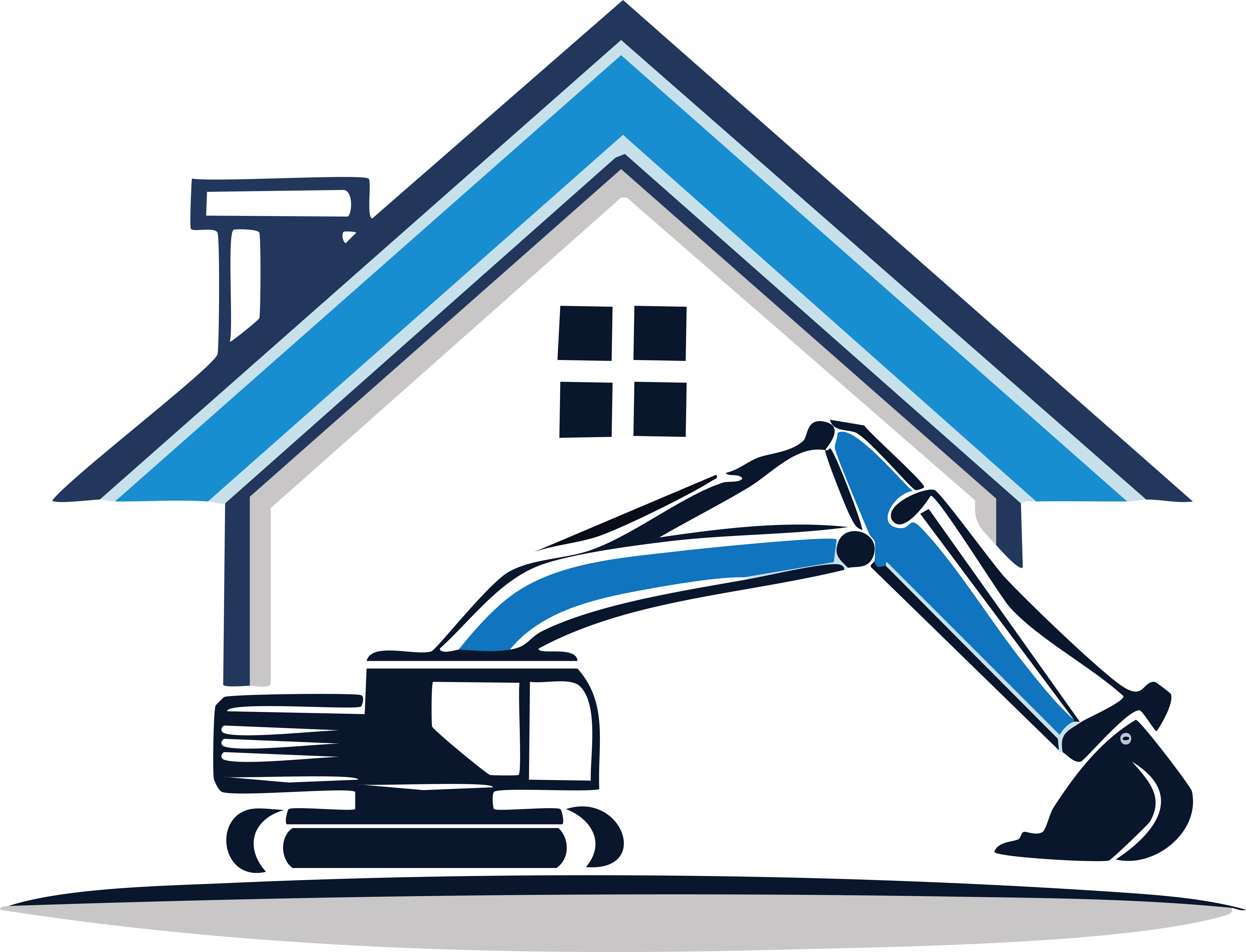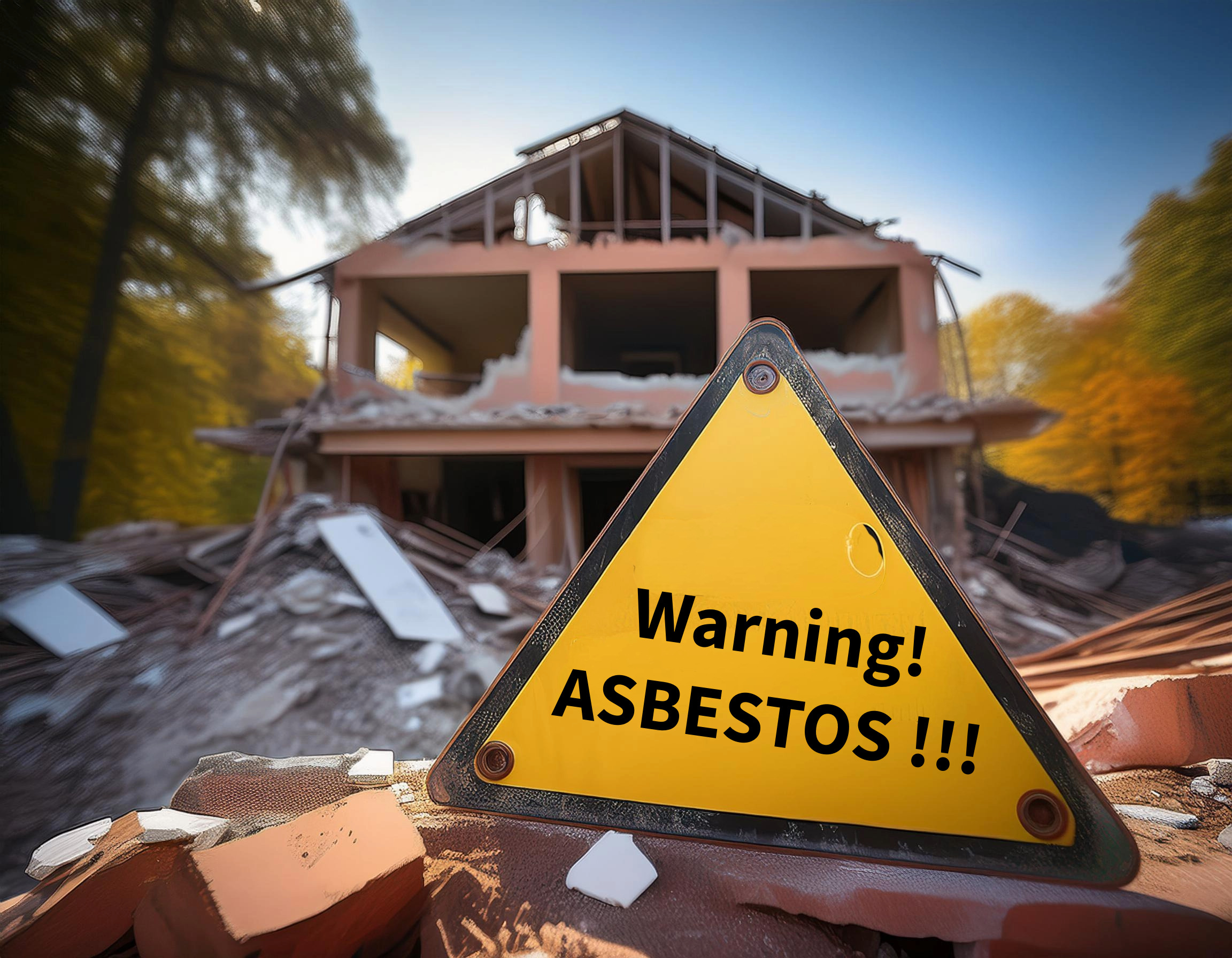In the challenging field of demolition, particularly in residential demolition and house demolition projects, identifying and managing hazardous materials is paramount. This not only safeguards the environment but also ensures the well-being of the workers involved in the demolition of a house or any other structure. This article will focus on the identifying, handling, and disposing of hazardous materials in demolition projects, including the essential procedures for asbestos removal and asbestos disposal.
Identifying Hazardous Materials in a Demolition Projects
Before beginning any demolition, it’s critical to identify the presence of hazardous materials such as asbestos, lead, mercury, and other toxic substances.

Asbestos
Asbestos is commonly found in older buildings, and its removal is often a vital part of the demolition process. When inhaled, asbestos fibers can cause severe health problems, so identifying its presence is crucial. Hiring a qualified asbestos inspector can help you detect and manage this material.
We are experienced Demolition Company based in Melbourne, Victoria that offer top-tier demolition services all around Melbourne and across Victoria, Australia.
For all your Demolition needs contact us to GET FREE QUOTE NOW!
Handling of Hazardous Materials in a Demolition Projects
Once identified, the next step is the safe handling of hazardous materials, ensuring compliance with legal and safety protocols.
Protective Measures
Equip your team with personal protective equipment (PPE), including masks, gloves, and suits designed for handling hazardous materials.
Containment
Create containment areas to prevent the spread of dust and particles during the demolition process. This is particularly vital during asbestos removal, where exposure must be minimized.
Training
Provide training and education to workers on proper handling and safety measures, specifically related to hazardous materials in demolition projects.
Disposing of Hazardous Materials in a Demolition Projects
The disposal of hazardous materials, including asbestos disposal, must follow strict legal guidelines to protect both human health and the environment.
Segregation
Separate hazardous materials from other debris to ensure proper disposal. This is especially important in residential demolition, where various materials are often mixed.
Transport
Use licensed transporters who are knowledgeable about legal requirements for moving hazardous materials.

Disposal Sites
Dispose of hazardous materials, including asbestos, at permitted disposal sites that comply with federal and local regulations.
Documentation
Maintain accurate records of the hazardous materials identification, handling, and disposal process. These records may be required for legal compliance.
Conclusion
In the complex world of demolition, including residential and house demolition, managing hazardous materials is a task that requires careful planning, training, and adherence to legal guidelines. Whether you’re involved in the demolition of a house or larger commercial projects, focusing on the proper identifying, handling, and disposing of hazardous materials, including asbestos removal and asbestos disposal, is vital for the safety of all involved.
Remember, working with professionals who specialize in these areas can save time, resources, and potential legal issues down the road. Consider consulting with experts to ensure that your demolition project is conducted safely and in compliance with all relevant regulations.

